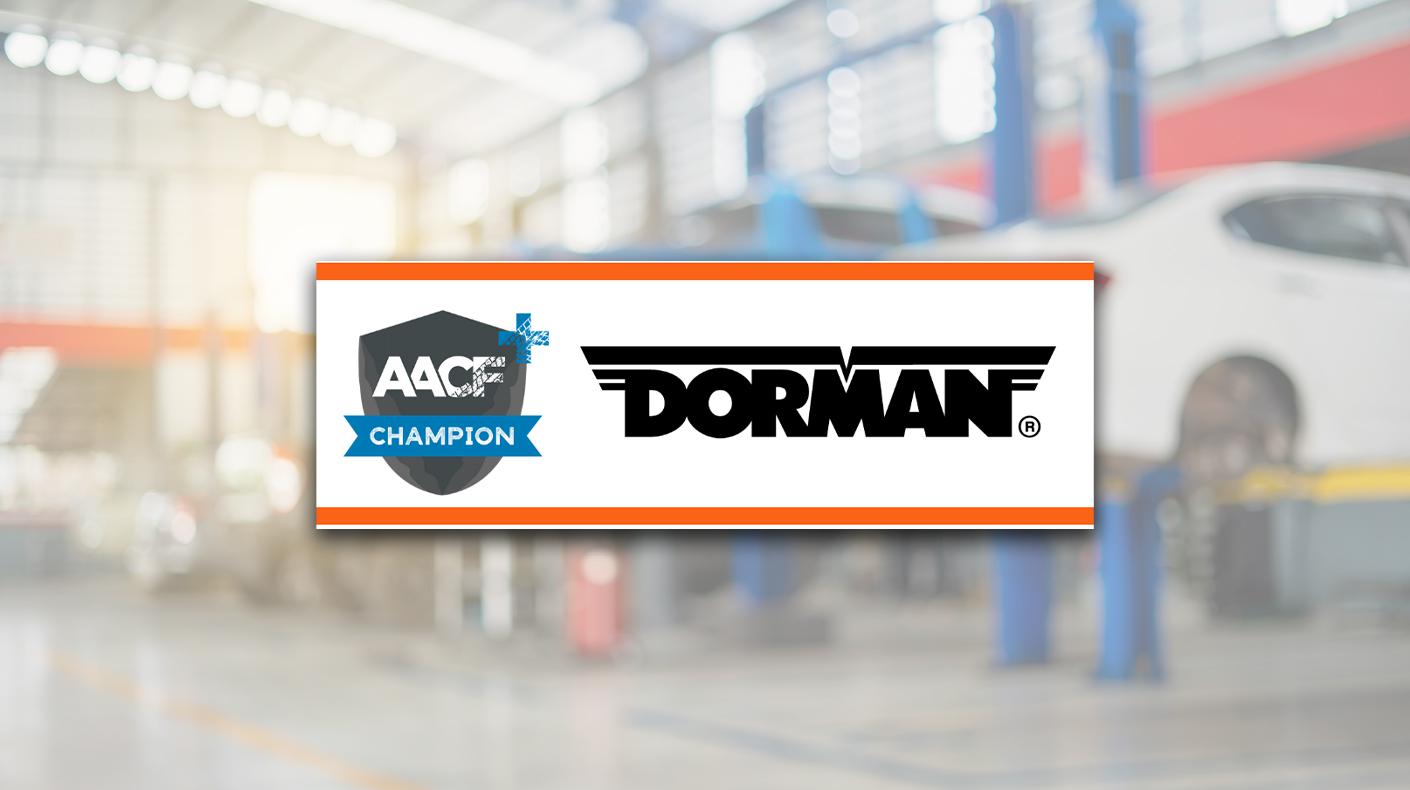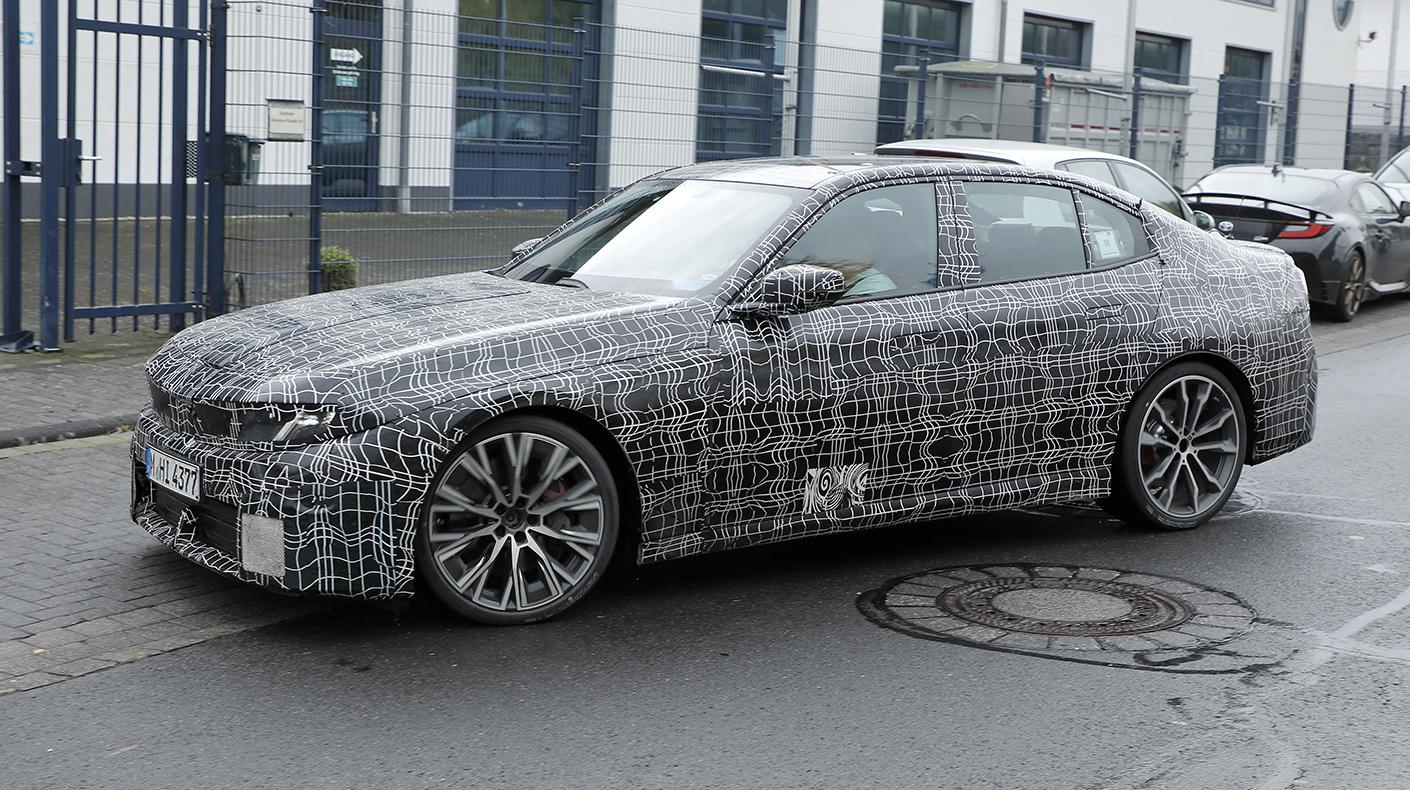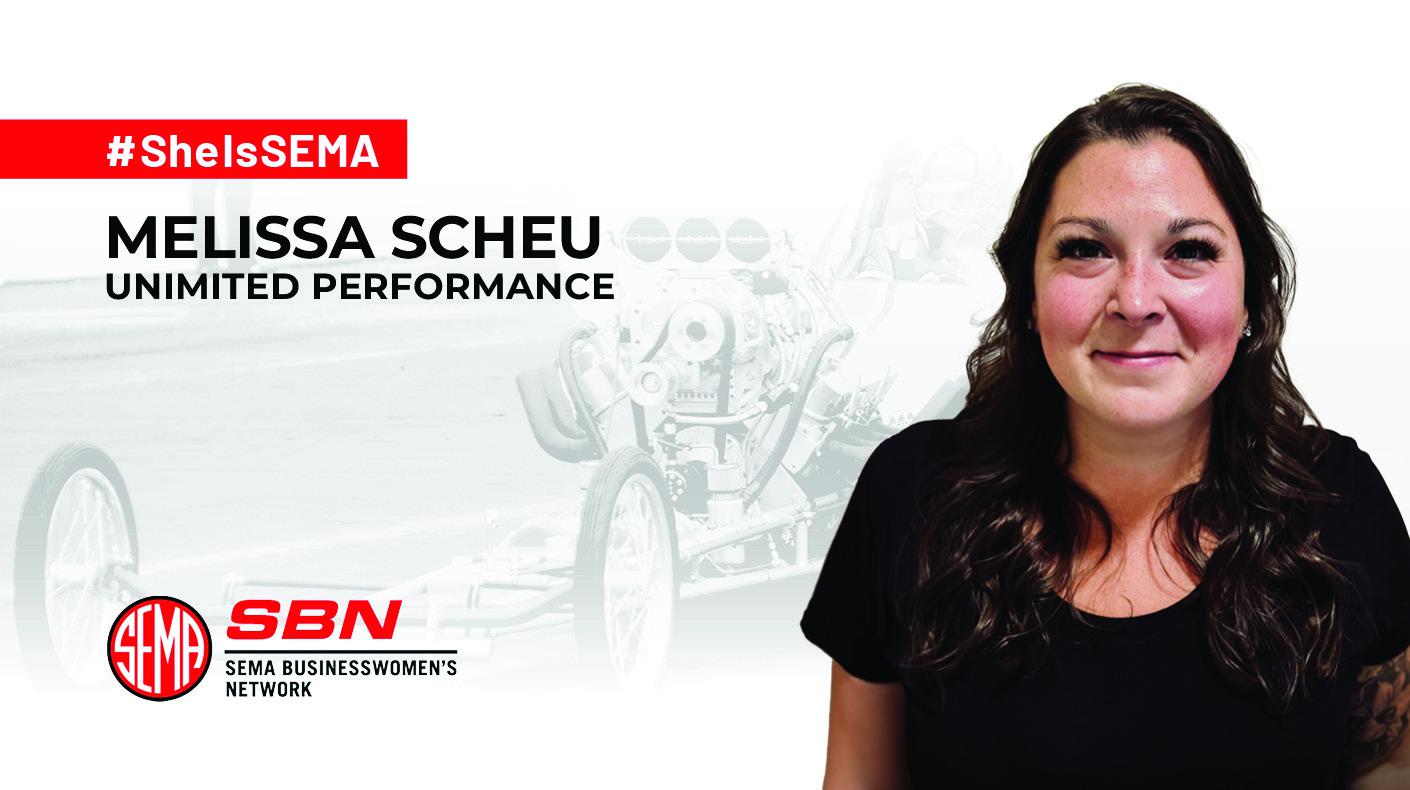By SEMA Washington, D.C., Staff
The National Highway Traffic Safety Administration (NHTSA) has issued a proposed rule to permit the certification of adaptive driving beam (ADB) headlighting systems under the federal lighting standard, Federal Motor Vehicle Safety Standard (“FMVSS”) No. 108, if a manufacturer chooses to equip vehicles with these systems. The rule will establish performance requirements for the equipment. The technology is not currently permitted in the United States since FMVSS No. 108 requires discrete high- and low-beam settings. Europe and Japan have begun to allow ADB systems as optional equipment.
ADB technology seeks to provide more illumination without causing glare. It uses advanced equipment, including sensors (camera and image-processing units), data-processing software and headlamp hardware (such as shutters or LED arrays) to detect oncoming vehicles. The headlamp beams are automatically adjusted to provide less light to the occupied roadway and more light to the unoccupied roadway. Under the NHTSA proposal, the vehicle’s lower beam could provide more illumination than currently allowed. The ADB equipment would need to meet performance requirements for a variety of interactions with either an oncoming or preceding vehicles.
FMVSS No. 108 applies to aftermarket replacement equipment as well. The equipment must meet any applicable requirements and include all functions of the lamp it is designed to replace. Replacement lamps intended for vehicles with ADB systems could not take the vehicle out of compliance when the replacement lamp is installed. NHTSA has requested comment on the possibility that only the original equipment and/or vehicle manufacturer would be able to make a good faith certification that the replacement equipment meets FMVSS No. 108 since the performance requirements are vehicle-level, not equipment level.
View a copy of the proposed rule. For more information, contact Stuart Gosswein at stuartg@sema.org.





